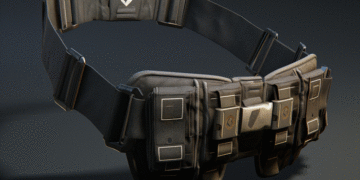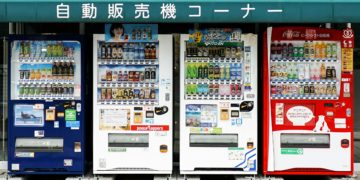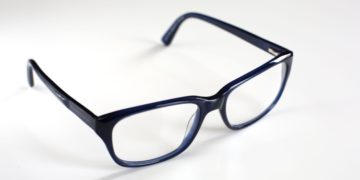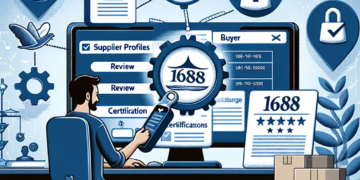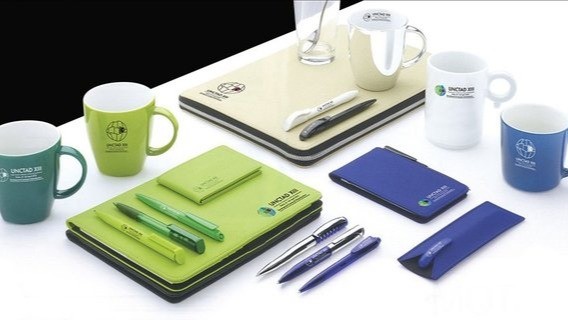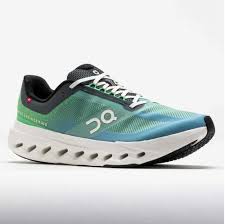Introduction to Promotional Merchandise
Promotional merchandise has become an integral part of advertising strategies for businesses across various sectors. These tangible items serve as reminders of a brand, reinforcing customer loyalty while simultaneously attracting new clients. As companies strive to differentiate themselves in increasingly competitive markets, the power of promotional merchandise continues to endure, proving its effectiveness as a marketing tool that resonates well with audiences.
Historical Context and Evolution
The roots of promotional merchandise can be traced back to the late 19th century when companies began distributing branded items to create awareness and foster goodwill among customers. The first documented use of promotional products occurred in 1789 when George Washington’s campaign distributed commemorative buttons to promote his candidacy.
Over the years, promotional items have evolved tremendously, adapting to changing consumer preferences and technological advancements. From simple tokens like pens and mugs to high-tech gadgets such as USB drives and wearable technology, the scope of promotional merchandise has expanded significantly. This evolution reflects the dynamic nature of marketing strategies and consumer engagement techniques.
The Psychology Behind Promotional Merchandise
Understanding the psychology behind why people respond positively to promotional merchandise is crucial for businesses looking to maximize their impact. When individuals receive a free item, it often creates a sense of reciprocity; they feel compelled to return the favor by engaging with the brand or making a purchase.
Furthermore, branded merchandise can evoke positive emotions linked to nostalgia or personal connection. For example, a coffee mug received at a trade show might remind someone of the pleasant conversation they had with a company representative, strengthening their relationship with that brand.
Statistics also reinforce this psychological phenomenon. Studies show that nearly 79% of people can recall the branding on a promotional item they received in the past two years, showcasing how effective these items can be in keeping a brand top-of-mind.
Benefits of Using Promotional Merchandise
Incorporating promotional merchandise into advertising strategies offers numerous benefits that can significantly enhance brand visibility and customer engagement:
1. Increased Brand Recognition: Branded items serve as constant reminders of your business, leading to heightened visibility.
2. Cost-Effective Marketing: Compared to traditional advertising methods like television or print ads, promotional items often yield a higher return on investment.
3. Long-Lasting Impressions: Unlike digital ads that may go unnoticed, tangible items tend to have a longer lifespan, with many being used daily.
4. Enhanced Customer Loyalty: Providing customers with useful items fosters goodwill and encourages repeat business.
5. Versatile Applications: Promotional merchandise can be used for various purposes, including trade shows, corporate events, product launches, and more.
By leveraging these benefits effectively, companies can significantly improve their marketing outcomes.
Types of Promotional Merchandise
The variety of promotional merchandise available allows businesses to tailor their approach based on target demographics and marketing objectives:
1. Apparel: T-shirts, hats, and jackets are popular choices that allow recipients to showcase their affiliation with a brand.
2. Office Supplies: Items like pens, notebooks, and calendars are practical gifts that keep brands visible in professional settings.
3. Tech Gadgets: USB drives, phone chargers, and headphones appeal particularly to tech-savvy audiences.
4. Drinkware: Mugs, water bottles, and tumblers are favored for their utility and frequent use.
5. Eco-Friendly Products: Sustainable options resonate well with environmentally conscious consumers and can enhance brand reputation.
Totally Branded offers a diverse range of these types of promotional merchandise tailored for various marketing initiatives.
Case Studies: Success Stories
Examining real-world examples can provide valuable insights into how effective promotional merchandise can be when executed strategically:
1. Coca-Cola’s Share a Coke Campaign: By personalizing bottles with popular names, Coca-Cola successfully increased sales while creating emotional connections with consumers.
2. Nike’s Custom Shoe Promotion: Nike offered exclusive designs at events that encouraged attendees to share their experiences on social media.
3. Red Bull’s Event Sponsorships: By distributing branded energy drinks at extreme sports events, Red Bull solidified its image as an adventurous brand while gaining substantial exposure.
These case studies highlight how innovative approaches to promotional merchandise can lead to significant successes in brand awareness and consumer engagement.
The Role of Quality in Promotional Merchandise
Quality plays a critical role in the effectiveness of promotional merchandise. High-quality items not only enhance brand perception but also ensure that recipients keep and use these products over time:
1. Durability: Well-made items are less likely to be discarded quickly.
2. Functionality: Useful products are appreciated more than novelty items that serve little purpose.
3. Brand Image: Quality reflects positively on your brand; poor-quality items may damage your reputation.
Focusing on quality is essential for brands aiming for long-term recognition through promotional merchandise.
Trends Shaping the Future of Promotional Merchandise
The landscape for promotional merchandise is continually evolving due to changing consumer preferences and technological advancements:
1. Personalization: Tailoring products based on individual customer preferences is becoming increasingly popular.
2. Sustainability: Eco-friendly products are gaining traction as consumers prioritize environmental responsibility.
3. Technology Integration: Incorporating technology into promotional items enhances functionality and appeal.
4. Experiential Marketing: Combining physical items with unique experiences creates memorable interactions with consumers.
These trends indicate that businesses must adapt their strategies continually to remain relevant in an ever-changing marketplace.
How to Choose the Right Promotional Items
Selecting the appropriate promotional items requires careful consideration of several factors:
1. Target Audience: Understand who your audience is and what types of products they would find useful or appealing.
2. Brand Alignment: Ensure that chosen items reflect your brand’s image and values.
3. Budget Considerations: Determine how much you are willing to spend while balancing quality against cost.
4. Purpose and Context: Consider the event or campaign where these items will be distributed; context matters significantly in selection.
By following these guidelines, businesses can enhance their chances of success through thoughtful selection.
Promotional merchandise continues to be an enduring pillar in advertising strategies due to its ability to create lasting impressions and foster relationships between brands and consumers. By leveraging its power effectively through quality offerings from providers like Totally Branded, companies can drive engagement and recognition in ways that resonate deeply with their target audiences while navigating modern marketing challenges successfully.










